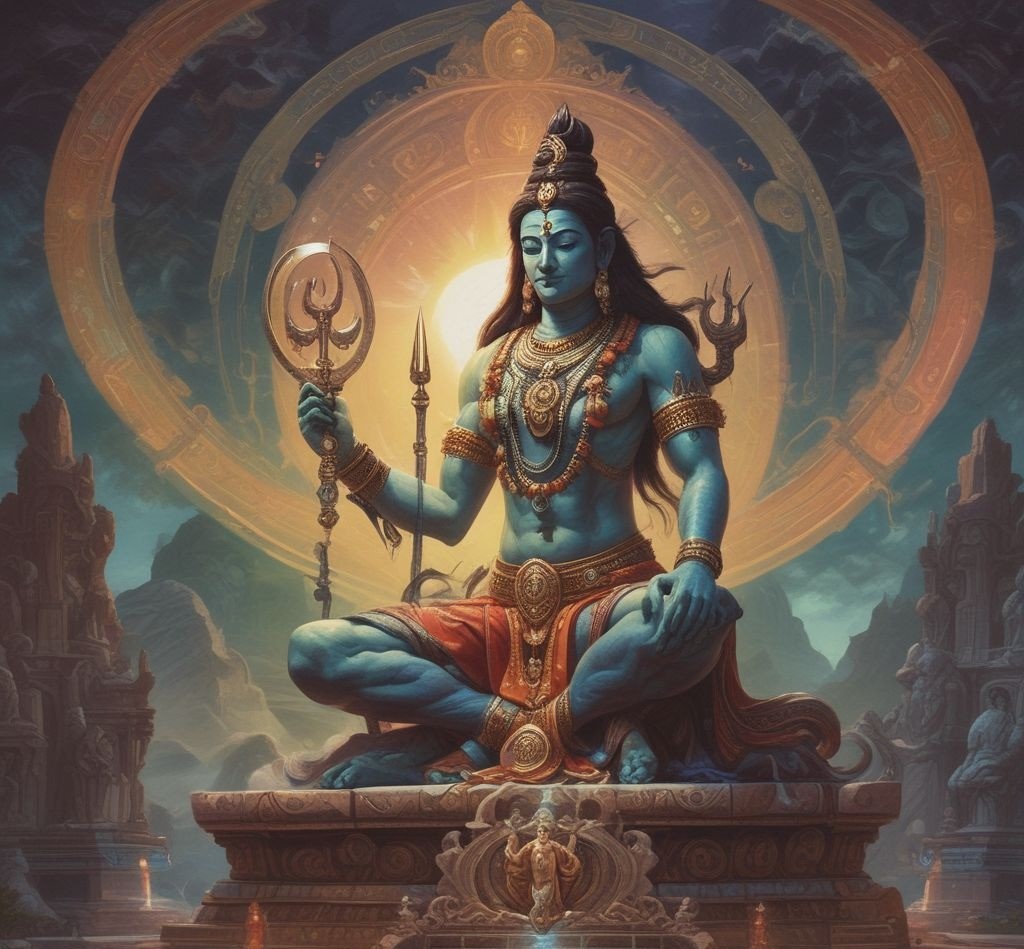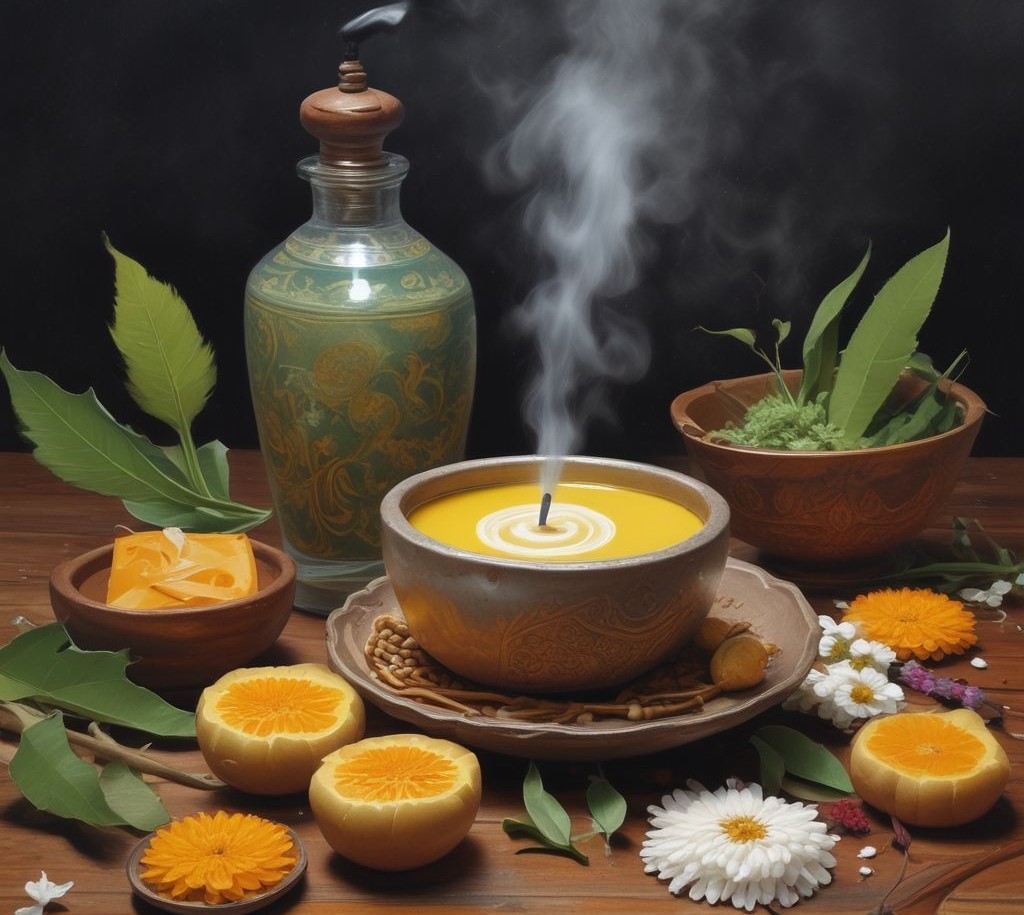Shiv Puja
Introduction

Lord Shiva, the destroyer of evil and the god of transformation, is worshipped to seek blessings for inner peace, spiritual growth, and the removal of negativity. Shiv Puja is especially significant during Mahashivratri, a festival celebrating Lord Shiva's cosmic dance and union with Goddess Parvati. This sacred ritual invites divine energy into our lives, fostering balance, self-realisation, and material and spiritual progress. Performing Shiv Puja is believed to cleanse the soul, promote inner strength, and provide the wisdom needed to overcome life's challenges.
Significance of Shiv Puja
Shiv Puja holds immense importance in Hinduism as it symbolises the destruction of ignorance and the renewal of life. Lord Shiva, also known as Mahadev, is the embodiment of power, compassion, and wisdom. Devotees perform Shiv Puja to seek his blessings for harmony, health, and prosperity. Worshipping Shiva is believed to remove obstacles, purify the mind, and awaken one’s spiritual potential. Through this puja, devotees express gratitude and pray for guidance to attain success and happiness in personal and professional life.
History of Mahashivratri
The origins of Mahashivratri, one of the most significant festivals dedicated to Lord Shiva, are deeply rooted in ancient mythology. It is believed to mark the day when Shiva performed the cosmic dance of creation, preservation, and destruction (Tandava). Another legend states that Mahashivratri is the night Shiva married Parvati. Historically, Mahashivratri has been celebrated with devotion and reverence for centuries. Temples across India witness grand festivities, with devotees offering prayers, fasting, and meditating to honour Lord Shiva and receive his blessings.
Why is Lord Shiva Worshipped?
Lord Shiva is revered as the Supreme Being who governs the cycles of creation, preservation, and destruction. Known as the "Adi Yogi," Shiva represents ultimate knowledge and detachment. His trident signifies the destruction of ego, ignorance, and desires, while his damru (drum) symbolises the rhythm of the universe. Lord Shiva's blue throat (Neelkanth) reflects his ability to absorb negativity and protect the world. Worshipping Shiva helps devotees overcome fear, attain peace, and seek blessings for prosperity, health, and enlightenment.

SHIV PUJA VIDHI
Step 1: Purify the Space Start by cleaning the area for the puja. Use sacred water or Ganga Jal to sprinkle around the space, purifying it of any negativity. A clean environment fosters a divine connection and creates a serene atmosphere for the worship of Lord Shiva.
Step 2: Set Up the Puja Altar Arrange a wooden platform and cover it with a white or red cloth. Place a Shivling (symbol of Shiva) or an idol of Lord Shiva in the centre of the altar. Decorate the space with flowers, diya (oil lamps), and incense sticks to create a sacred ambiance.
Step 3: Offer Water and Milk (Abhishekam) Perform Abhishekam, a ritual bathing of the Shivling, using water, milk, and honey. This act signifies purification and devotion. Chant Shiva mantras like "Om Namah Shivaya" while pouring these offerings. You can also use curd, ghee, and rose water during this step.
Step 4: Adorn the Shivling Decorate the Shivling with Bilva (Bel) leaves, white flowers, and sandalwood paste. Each offering holds symbolic meaning—Bilva leaves are considered sacred, and white flowers represent purity. Applying sandalwood paste signifies cooling Lord Shiva’s fiery energy.
Step 5: Light the Lamp (Deepam) Light a diya and place it near the Shivling. The diya symbolises enlightenment and dispels darkness from the devotee’s life. Offer incense sticks and ensure the fragrance fills the space, creating a divine environment.
Step 6: Chant Shiva Mantras Recite mantras such as: "Om Namah Shivaya" – A universal chant that invokes Lord Shiva's blessings. "Mahamrityunjaya Mantra" – A powerful chant for overcoming obstacles, health issues, and fears.
These mantras help align your thoughts with Shiva's divine energy.
Step 7: Perform Shodashopachara Puja Like in Ganesh Puja, perform the 16-step ritual for Lord Shiva:
- Dhyanam (Meditation) – Focus on Lord Shiva.
- Avahanam (Invocation) – Invite Shiva to the altar.
- Asanam (Offering a Seat) – Offer a symbolic seat.
- Padyam (Washing of Feet) – Offer water to cleanse.
- Arghyam (Offering Water) – Cleanse the hands of the deity.
- Achamanyam – Offer drinking water.
- Madhuparkam – Present honey, milk, and curd.
- Snanam (Bathing) – Perform the sacred bath.
- Vastram (Clothing) – Offer new clothes.
- Yagnopaveetham (Sacred Thread) – Adorn the Shivling with a thread.
- Gandham – Apply sandalwood paste.
- Pushpam – Decorate with flowers.
- Dhoopam – Light incense sticks.
- Deepam – Light the lamp.
- Naivedyam – Offer food and sweets.
- Mantra Pushpam – Conclude with flower offerings.
Step 8: Naivedyam (Offering Food) Prepare Prasad like fruits, kheer, or coconut and offer it to Lord Shiva as Naivedyam. These offerings symbolise gratitude and devotion, and the distributed Prasad is believed to bring blessings.
Step 9: Aarti (Worship Ritual) Perform Shiva Aarti, waving a diya in a circular motion around the Shivling. Sing devotional songs to invoke divine blessings. The Aarti signifies the removal of darkness and the arrival of positivity.
Step 10: Pradakshina (Circumambulation) Walk around the Shivling in a clockwise direction three or seven times. This act demonstrates your devotion and represents harmony with the cosmic energy of Lord Shiva.
Step 11: Seek Blessings After completing the rituals, sit quietly in meditation, seeking Lord Shiva’s blessings. Pray for health, prosperity, wisdom, and spiritual growth, and reflect on his divine grace.
Step 12: Distribute Prasad Finally, distribute the blessed Prasad among family members and devotees. Sharing Prasad signifies spreading joy and Lord Shiva’s blessings with everyone.

Conclusion
Shiv Puja is a powerful ritual that connects devotees with Lord Shiva, the destroyer of negativity and a symbol of transformation. Through meaningful rituals, it fosters spiritual growth, inner peace, and prosperity. By worshipping Lord Shiva, devotees invite his divine grace into their lives, paving the way for success and fulfilment. May Lord Shiva’s blessings guide you toward enlightenment and harmony.




